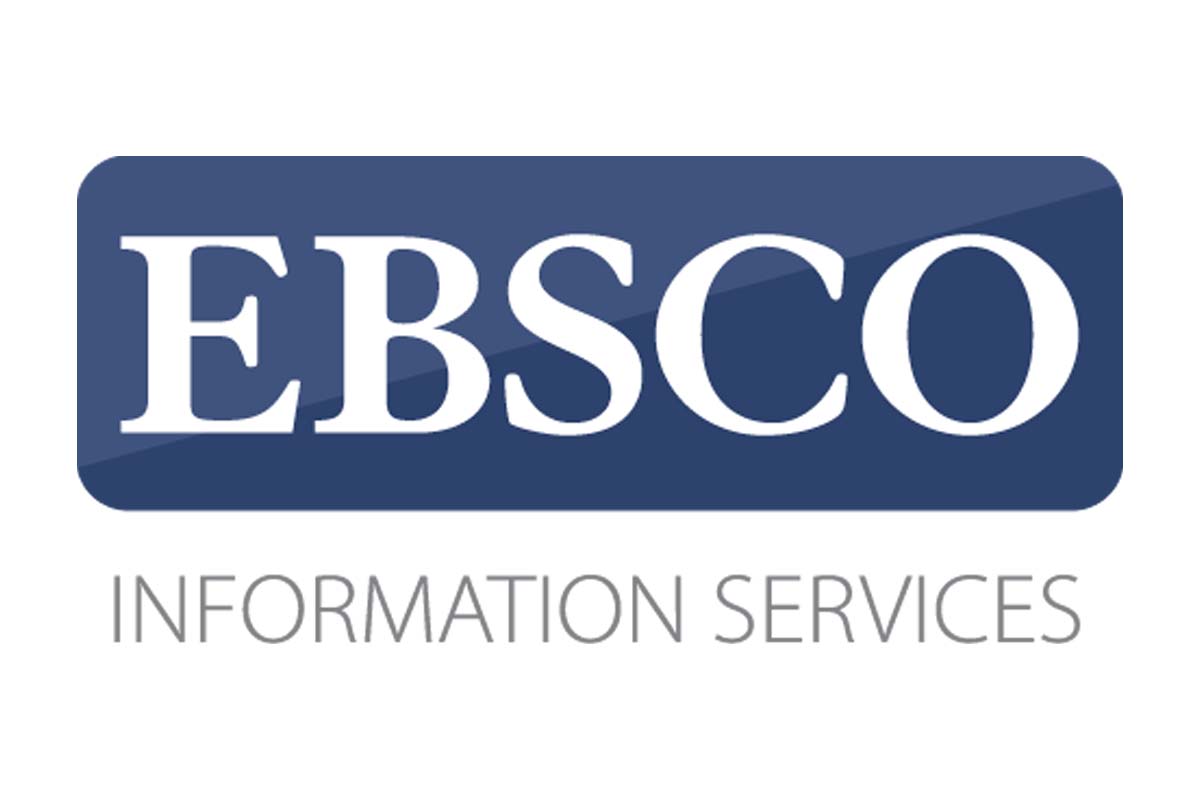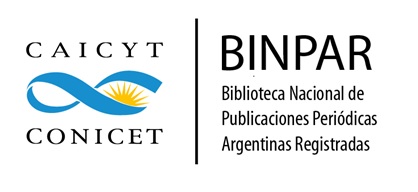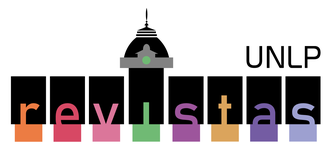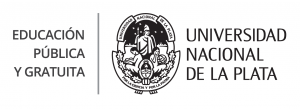Analysis of the Influence of Money Paid by the Regional Governments of Peru in the Press Discourse
DOI:
https://doi.org/10.24215/2314274xe072Keywords:
public spending, mass media, machine learning modelAbstract
This article analyzes the relationship between regional government spending in national journalistic media and the discourse of articles on digital platforms in the period 2019-2020 in Peru. A distinction is made between those media that in a given quarter received a payment and those that did not receive any, and the proportion of positive articles is compared. It is concluded that the proposed analysis can serve as a tool to draw attention to situations where regional government spending in media could be influencing journalistic discourse.
Downloads
References
Aronson, J. (1990). The Press and the Cold War, revised edition. Monthly Review Press.
Barquero, J. D. y Fernández, F. (2007). Los secretos del protocolo, las relaciones públicas y la publicidad. Lex Nova.
Besley, T. y Prat, A. (2006). Handcuffs for the grabbing hand? Media capture and government accountability. American Economic Review, 96(3), 720-736. https://doi.org/10.1257/aer.96.3.720
Bezerra, A. y Silva, F. (2006). O marketing político e a importância da imagem-marca em campanhas eleitorais majoritárias. BOOC.
Breton, P. y Proulx, S. (1996). La explosión de la comunicación. Abya-Yala.
Calado, V. (2005). Mediação jornalística dos eventos partidários: lógicas de mediatização do campo jornalistico. Livro de Actas do 4º Congresso da Associação Portuguesa de Ciências da comunicação (pp. 1334-1344). Universidade de Aveiro.
Camaj, L. (2013). The media’s role in fighting corruption: Media effects on governmental accountability. The International Journal of Press/Politics, 18(1), 21-42. https://doi.org/10.1177/1940161212462741
Canel, M. (2006). Comunicación política: Una guía para su estudio y práctica. Tecnos.
Canete, J., Chaperon, G., Fuentes, R., Ho, J. H., Kang, H. and Pérez, J. (2020). Spanish pre-trained bert model and evaluation data. arXiv. https://doi.org/10.48550/arXiv.2308.02976
Chomsky, N. (1991). International Terrorism: Image and Reality. In George, A. (Ed.), Western State Terrorism (pp. 12-38). Polity.
Conover, M. D., Gonçalves, B., Ratkiewicz, J., Flammini, A. and Menczer, F. (2011, October). Predicting the political alignment of Twitter users. In 2011 IEEE third international conference on privacy, security, risk and trust and 2011 IEEE Third International Conference on Social Computing (pp. 192-199). IEEE. https://doi.org/10.1109/PASSAT/SocialCom.2011.34
Cordero Cabrera, J. (2020). La gran concentración: El Poder Ejecutivo como anunciante en el Perú (2006-2018). [Tesis de maestría]. Pontificia Universidad Católica del Perú. http://hdl.handle.net/20.500.12404/17873
Cortés González, A. (2011). La publicidad institucional en España. Una década en perspectiva. Razón y Palabra, (75).
Dahl, R. A. (1989). Democracy and its critics. Yale University Press.
Djankov, S., McLiesh, C., Nenova, T. and Shleifer, A. (2003). Who owns the media? Journal of Law and Economics, 46(2), 341-381.
Di Tella, R. y Franceschelli, I. (2010). Government Advertising and Media Coverage of Corruption Scandals. American Economic Journal: Applied Economics, 3(4), 119-151.
Elejalde, E., Ferres, L. and Herder, E. (2018). On the nature of real and perceived bias in the mainstream media. PLOS ONE, 13(3), e0193765. https://doi.org/10.1371/journal.pone.0193765
Gunn, G. C. (1994). A Critical View of Western Journalism and Scholarship on East Timor. Journal of Contemporary Asia Publishers.
Hammond, P. and Herman, E. S. (Eds.) (2000). Degraded Capability: The Media and the Kosovo Crisis. Pluto Press.
Herman, E. S. (1992). Beyond Hypocrisy: Decoding the News in an Age of Propaganda. South End Press.
Herman, E. S. and O’Sullivan, G. (1989). The ‘Terrorism’ Industry: The Experts and Institutions that Shape Our View of Terror. Pantheon.
Herman, E. and Chomsky, N. (1988). Manufacturing Consent: The Political Economy of the Mass Media. Pantheon.
Lee, M. and Solomon, N. (1990). Unreliable Sources: A Guide to Detecting Bias in News Media. Lyle Stuart.
McLuhan, M. (1964). Understanding media. The extensions of man [Translation of Pour comprendre les médias, Mame/Seuil] (Original publicado en 1968). McGraw-Hill.
McMillan, J. and Zoido, P. (2004). How to Subvert Democracy: Montesinos in Peru. Journal of Economic Perspectives, 18(4), 69-92. https://doi.org/10.1257/0895330042632690
McMurtry, J. (1998). Unequal Freedoms: The Global Market as an Ethical System. Garamond Press.
Mullen, A. and Klaehn, J. (2010). The Herman-Chomsky Propaganda Model: A Critical Approach to Analysing Mass Media Behaviour. Sociology Compass, 4(4), 215-229. https://doi.org/10.1111/j.1751-9020.2010.00275.x
Park, S., Kang, S., Chung, S. and Song, J. (2012). A computational framework for media bias mitigation. ACM Transactions on Interactive Intelligent Systems (TiiS), 2(2). https://doi.org/10.1145/2209310.2209311
Patterson, T. (1998). Political roles of the journalist. In D. A. Graber, D. McQuail and P. Norris (Eds.), The politics of news (pp.17-33). CQ Press.
Rial, J. (2004). Financiamiento político: el acceso de los partidos a los medios de comunicación. En S. Griner y D. Zovatto (Ed.), De las normas a las buenas prácticas. El desafío del financiamiento político en América Latina (pp. 47-67). Organización de los Estados Americanos (OEA), Instituto Internacional para la Democracia y la Asistencia Electoral (IDEA).
Strömbäck, J, Djerf-Pierre, M. and Shehata, A. (2013). The dynamics of political interest and news media consumption: A longitudinal perspective. International Journal of Public Opinion Research, 25(4), 414-435. https://doi.org/10.1093/ijpor/eds018
Young, S. (2006). Not biting the hand that feeds? Journalism Studies, 7(4), 554-574. https://doi.org/10.1080/14616700600757993
Winter, J. (2007). Lies the Media Tell Us. Black Rose.
Wolf, T., Debut, L., Sanh, V., Chaumond, J., Delangue, C., Moi, A... and Rush, A. M. (2020, October). Transformers: State-of-the-art natural language processing. In Proceedings of the 2020 conference on empirical methods in natural language processing: system demonstrations (pp. 38-45). https://doi.org/10.18653/v1/2020.emnlp-demos.6
Yáñez Balarezo, S. y Cusot, G. (2018). Análisis del uso de la publicidad en las organizaciones de gobierno: información, posicionamiento y propaganda. Marco: Revista de Marketing y Comunicación Política, (4), 31-44. https://doi.org/10.15304/marco.4.5291
Downloads
Additional Files
Published
How to Cite
Issue
Section
License
Copyright (c) 2024 Gustavo Riesco Lind, Ronal Arela Bobadilla, Sara Sousa Ferreira, Rolando Vilca Begazo

This work is licensed under a Creative Commons Attribution-NonCommercial-ShareAlike 4.0 International License.
Política vigente a partir del número 82 (2018).
Los materiales incluidos en ediciones previas se publicaron bajo una licencia BY-NC-ND.
La aceptación de un original por parte de la revista implica la cesión no exclusiva de los derechos patrimoniales de los/as autores/as en favor del editor, quien permite la reutilización, luego de su edición (postprint), bajo una Licencia Creative Commons Atribución-NoComercial-CompartirIgual 4.0 Internacional (CC BY-NC-SA 4.0)
Acorde a estos términos, el material se puede compartir (copiar y redistribuir en cualquier medio o formato) y adaptar (remezclar, transformar y crear a partir del material otra obra), siempre que a) se cite la autoría y la fuente original de su publicación (revista y URL de la obra), b) no se use para fines comerciales y c) se mantengan los mismos términos de la licencia.
La cesión de derechos no exclusivos implica que luego de su edición (postprint) en Tram[p]as de la comunicación y la cultura las/os autoras/es pueden publicar su trabajo en cualquier idioma, medio y formato; en tales casos, se solicita que se consigne que el material fue publicado originalmente en esta revista.
Tal cesión supone, también, la autorización de los/as autores/as para que el trabajo sea cosechado por SEDICI, el repositorio institucional de la Universidad Nacional de La Plata, y sea difundido en las bases de datos que el equipo editorial considere adecuadas para incrementar la visibilidad de la publicación y de sus autores/as.
Asimismo, la revista incentiva a las/os autoras/es para que luego de su publicación en Tram[p]as de la comunicación y la cultura depositen sus producciones en otros repositorios institucionales y temáticos, bajo el principio de que ofrecer a la sociedad la producción científica y académica sin restricciones contribuye a un mayor intercambio del conocimiento global.


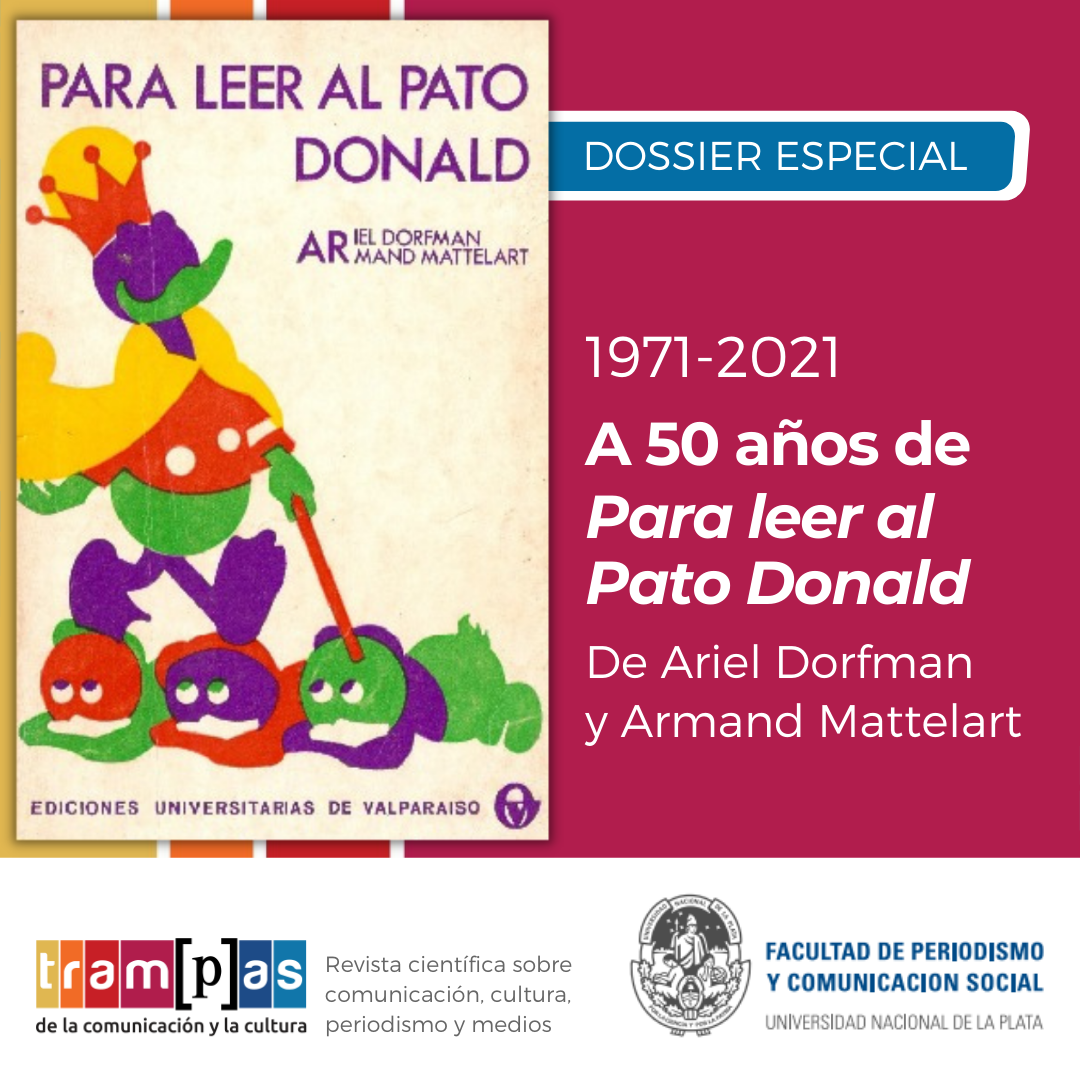







.png)
